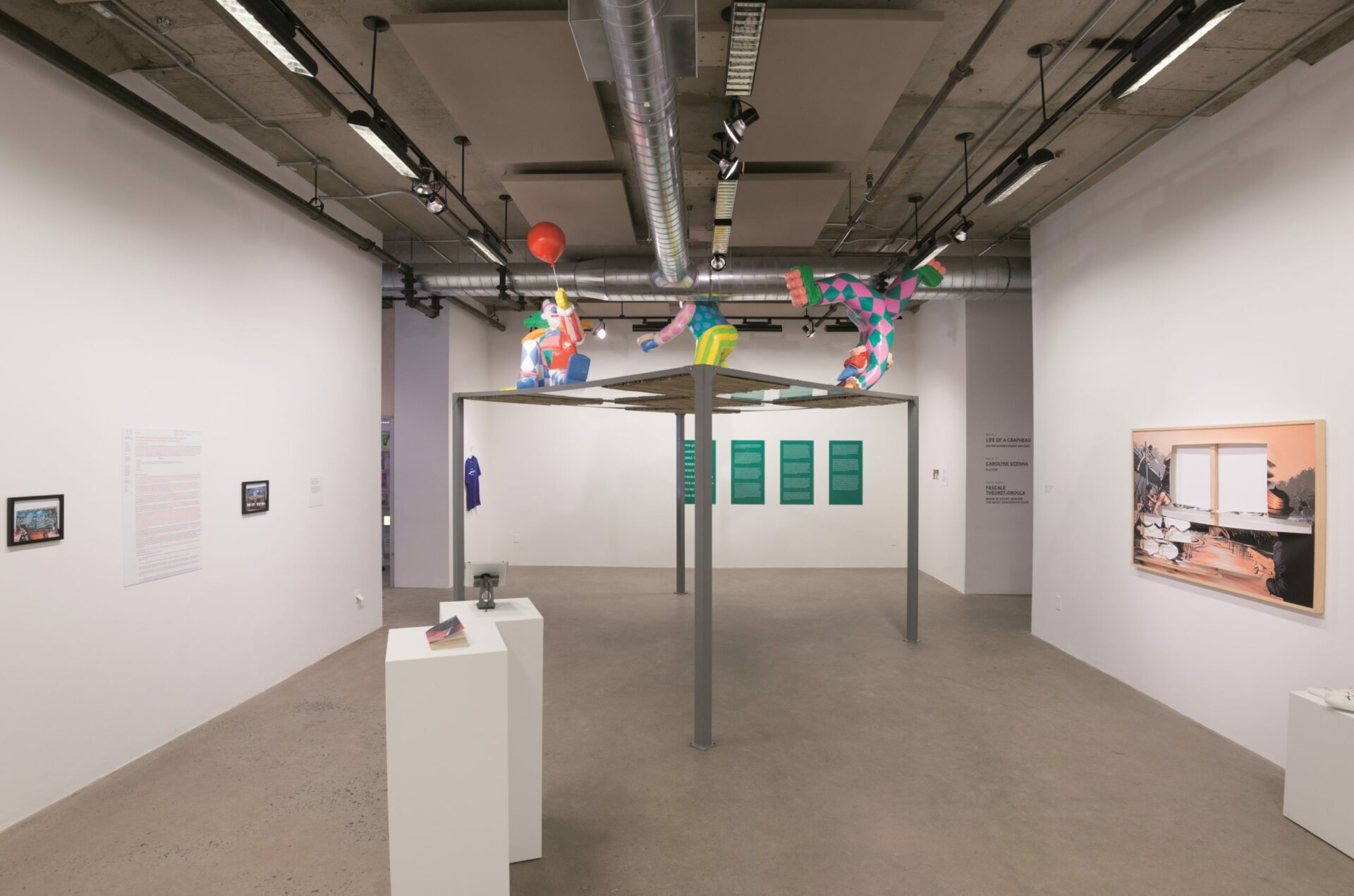Summary
97
Appropriation
Fall 2019
Contemporary art practices are constantly going outside the field of art to appropriate the codes, gestures, and mechanisms of other social and cultural spheres. However, appropriation also involves the question of social responsibility with regards to artists and curators, particularly in recent debates around cultural appropriation. The aim of this issue is to take some distance from the polarization of the controversies so as to try to better understand what these various forms of appropriation show us about current artistic creation at the aesthetic, ethical, and political levels.
Editorial
Feature
Artistic Appropriation Versus Cultural Appropriation
Against Innovation: Appropriation and Disruption in the Age of Immaterial Bondage
Art in the Age of Artificial Intelligence
Expropriation as Art Practice
Art: Whose Legacy?
Appropriation. Panel discussion
Cultural Imperative, Appropriationist Regime and Visual Art
Kanata: Appropriation or Erasure?
Portfolios
Columns
Reviews
Young Critics
Current Issue
Abstractions
Spring Summer 2025
Yet what about abstraction today? Long confined to formalist and self-referential imperatives, abstraction has gradually freed itself from the modernism yolk to recapture its evocative power. This issue proposes to turn away from the dogma of Abstraction as a historical genre to consider its various plastic and semantic avenues. In this invitation to explore abstractions, we wish to re-establish a dialogue between content and form, between the political and the poetic, by engaging with works that evoke reality differently. Whether they are qualified as abstract, non-figurative, or non-objective, these works certainly tell us stories.




















